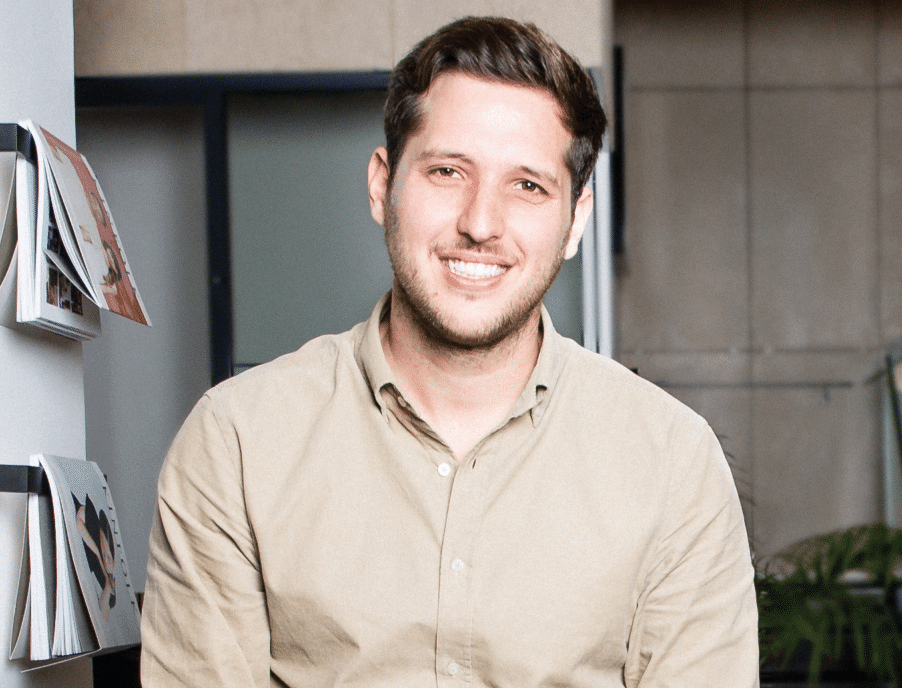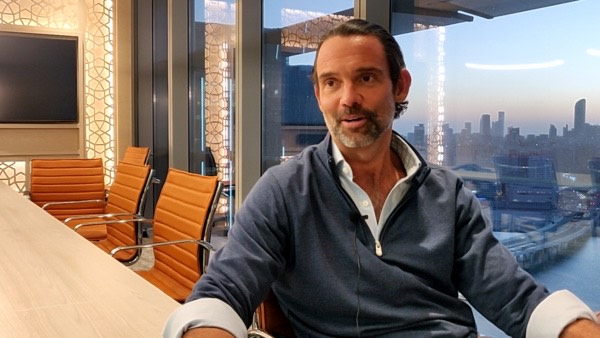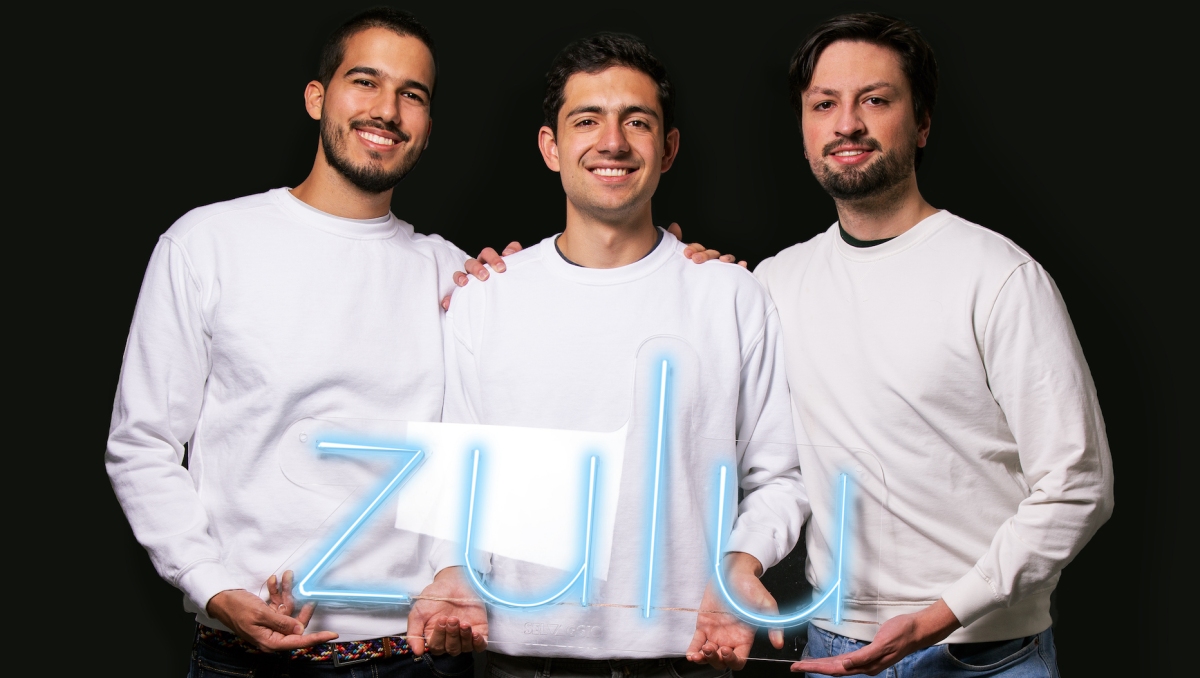A love letter to micro funds, the backbone and future of venture capital
While the Sequoias and the Andreessen Horowitzes of the world continue to swell in size, their influence on venture capital may be heading in the opposite direction as micro funds increase their impact on the industry. Whether you define micro funds as below $50 million or sub-$25 million, these are truly the funds that power […]









